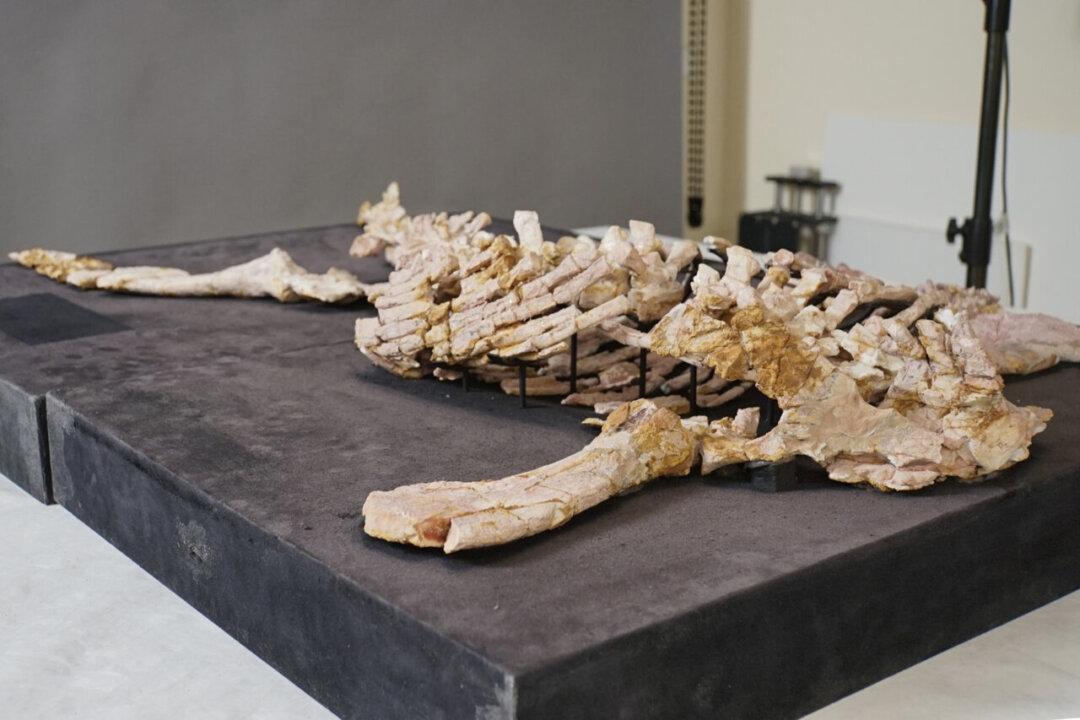A sea lion-sized marine dinosaur dubbed Eric who swam in Australian waters hundred of millions of years ago was a pescetarian who enjoyed fish snacks, scientists say.
Eric, a plesiosaur named after a Monty Python song, was found to contain 17 previously undescribed fish vertebrae, confirming the Jurassic beasts were mainly pescetarian.





